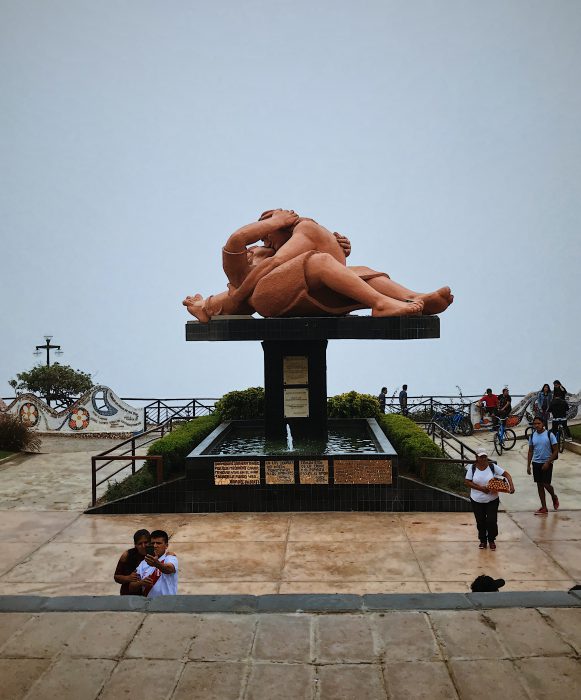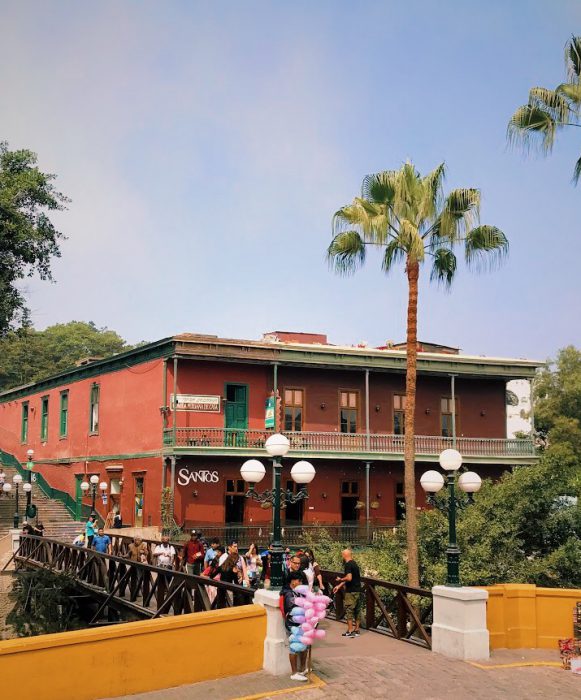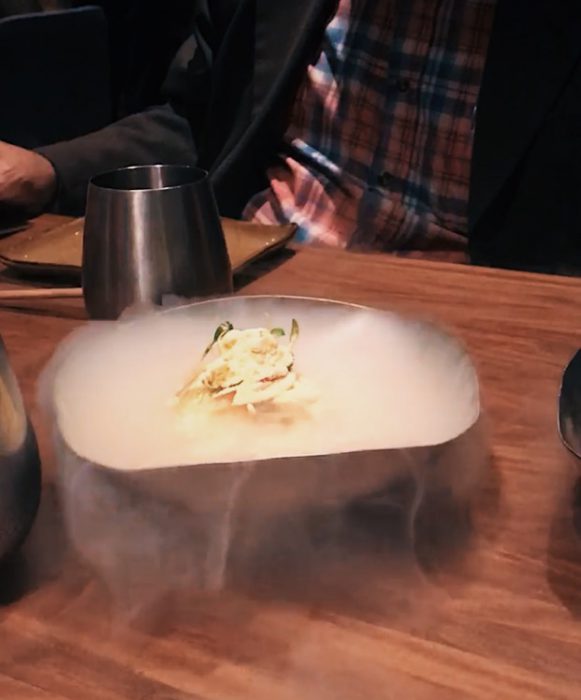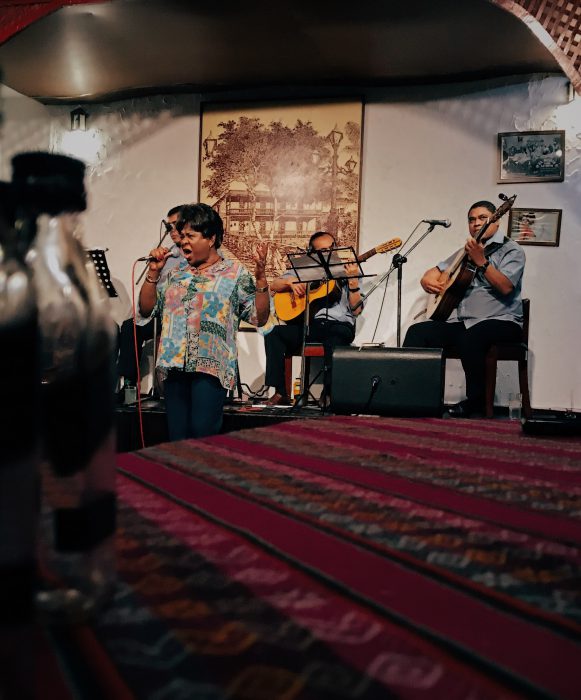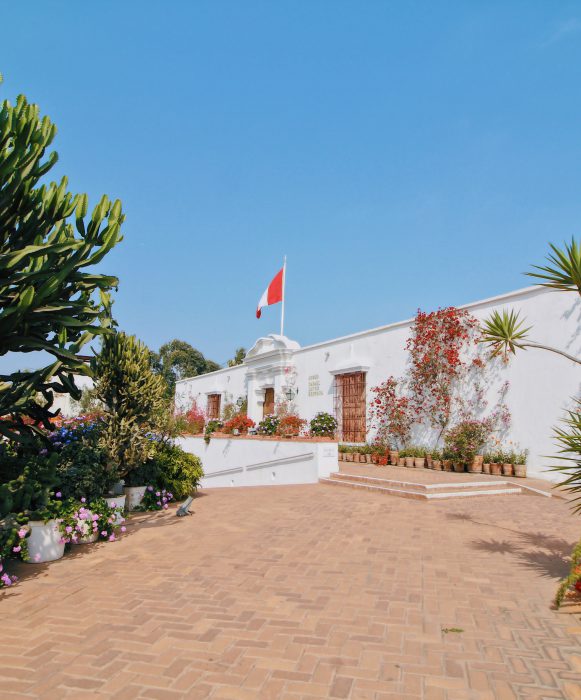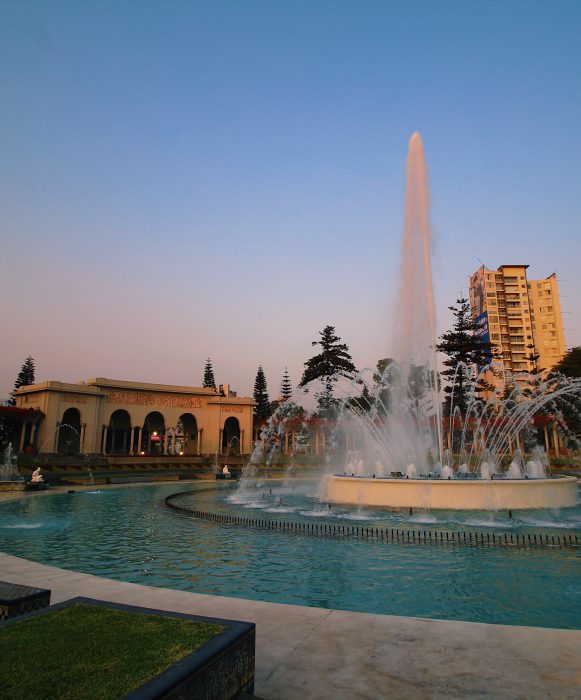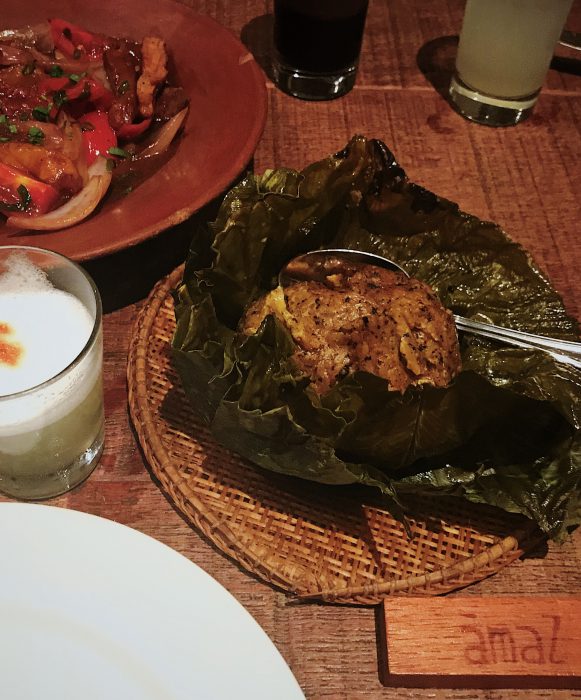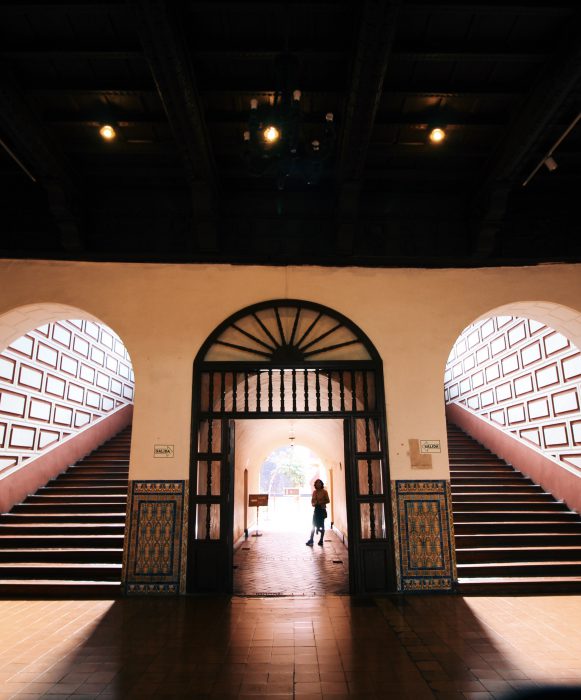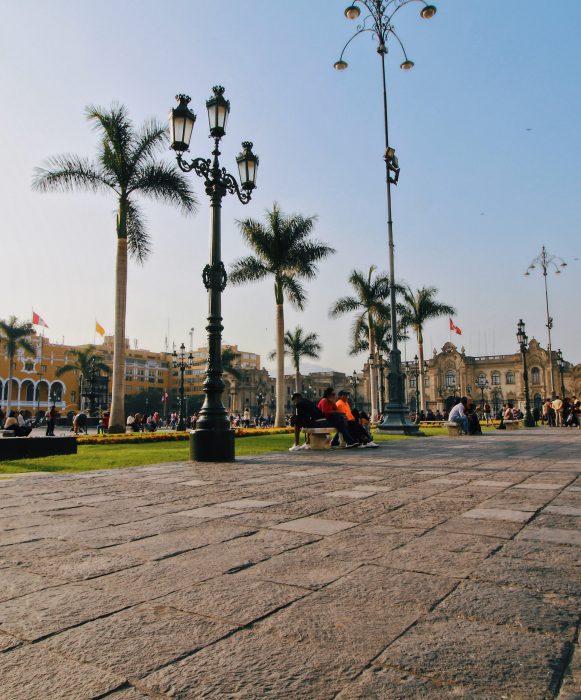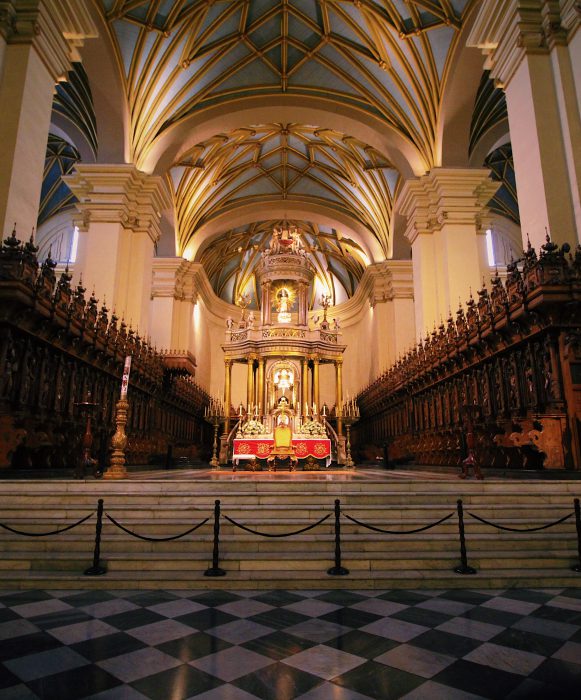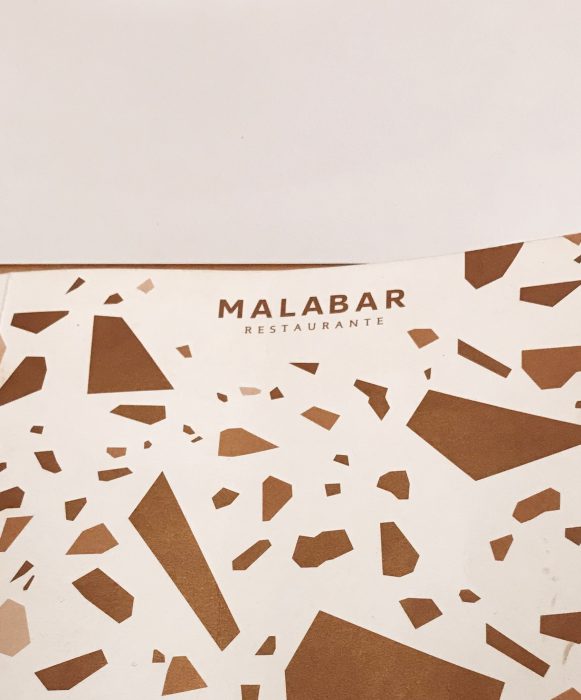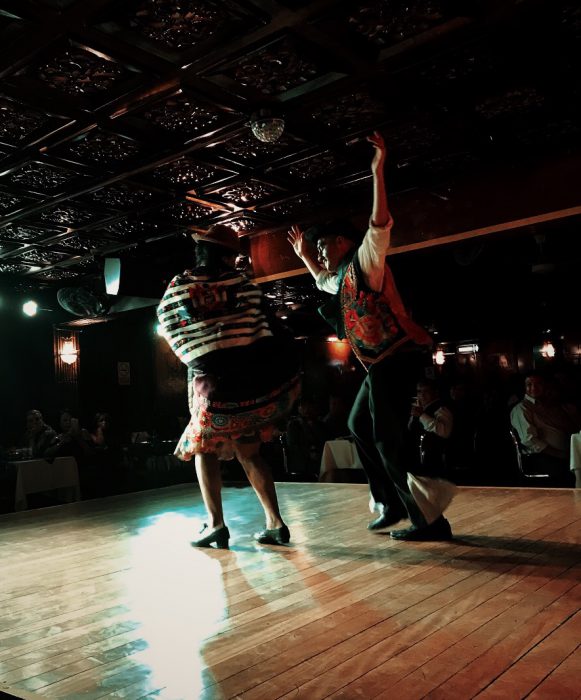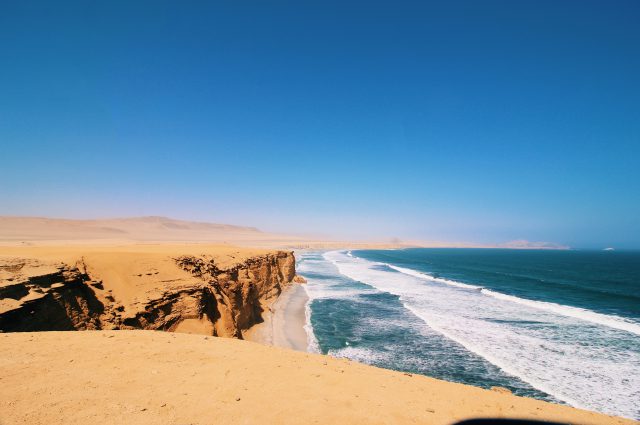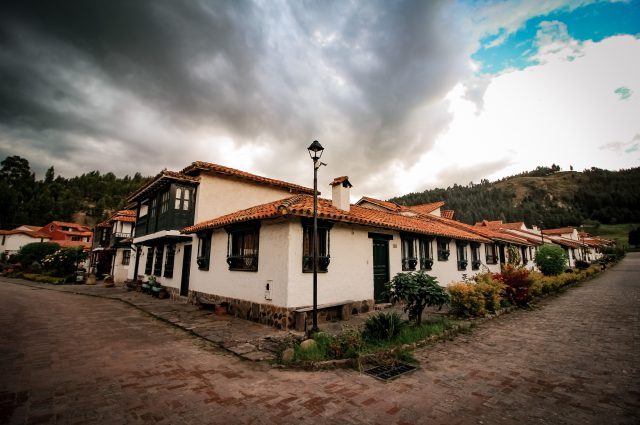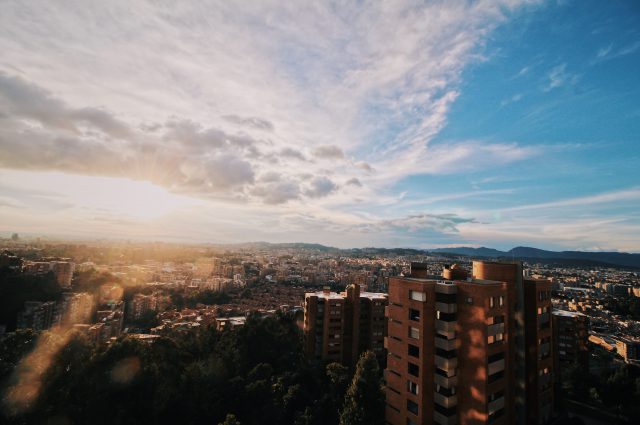A friend once noted, “Lima, Perú is probably one of the most underrated locations to visit in the world.” Though he may be right, we think it’s about time Lima joins the list of the world’s must-see travel destinations. With tons of history, world-class restaurants, and culture packed into a metropolitan city by the Pacific Ocean, Lima is a stunning blend of sights, sounds and tastes (oh, the TASTES!) that will have you craving for more.
Lima
- Perú
- 3 DAYS
- See
Days
60s-70s and partly cloudy in May
Used a private car
JW Marriott ($$$$) in Miraflores and Los Tallanes Hotel & Suites ($$$) in San Isidro
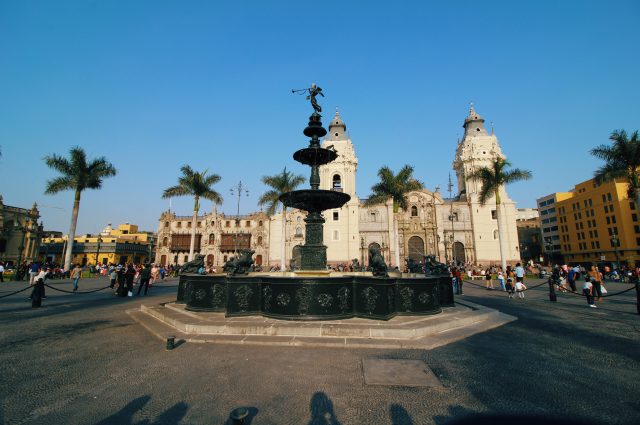
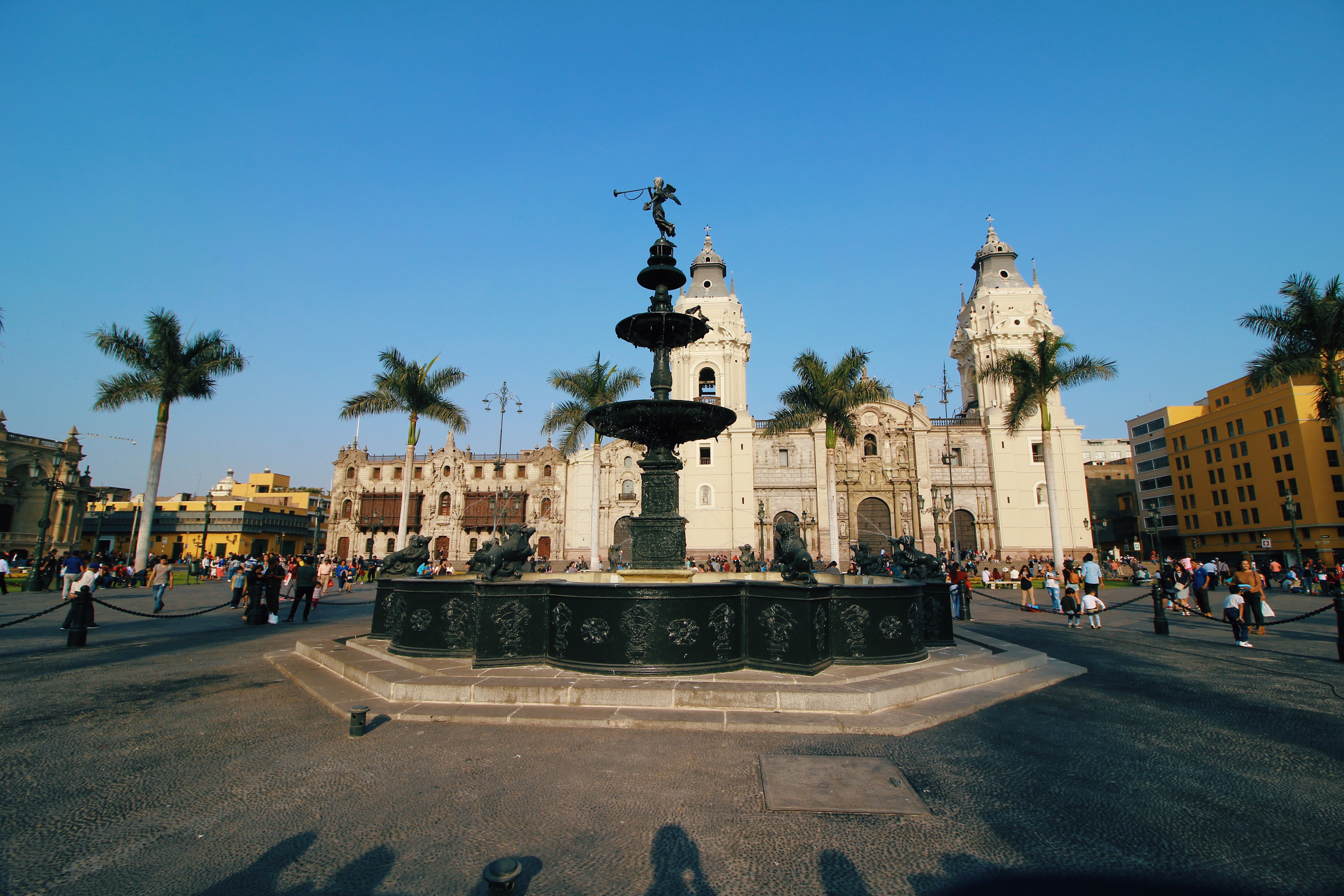
Day 1
Walking along La Costa Verde
- Free
- 2 - 3 hrs
- Leisure
After an hour-long car ride from the Jorge Chavez International Airport (fun fact: the airport isn’t in Lima but in neighboring Callao), we arrived in Lima’s Miraflores neighborhood. From there, we were just blocks away from the city’s beach circuit – Costa Verde, or “Green Coast.” The area is popular amongst locals and tourists alike for its surfing, signature rocky beaches and paragliding. While we didn’t get to enjoy the beaches themselves, we were able to take in the area’s sights from El Malecón – a walkable 6-mile stretch along the pacific coastal cliff that is lined with parks and boardwalks.
One of El Malecón’s signature parks is El Parque del Amor, or “Love’s Park”. Cheesy for some, we must admit its charm gave us major Barcelona Parque Guell vibes! Inaugurated on Valentine’s Day in 1993, the park has a long curving bench with romantic quotes from Peruvian poets – all done with colorful tile mosaic art. In the park’s center is the imposing statue of El Beso (The Kiss) by Peruvian artist Victor Delfín.
Exploring the Artsy Barranco District
- Free
- 1 hr
- Leisure
From Miraflores’ outdoor shopping center Larcomar (also located along the Malecón), we took a 15-minute cab ride to the Barranco district. Considered Lima’s artsy and bohemian neighborhood, our daytime walkthrough of the area gave us a taste of its eclectic vibe. After strolling through Barranco’s main square, we went deep into the neighborhood’s winding streets to see its colorful mural art – corridors that lead to many of the area’s contemporary art museums and galleries.
Barranco’s charm is also colored with history, legend, and superstition, thanks to 3 of its signature landmarks. The first, El Puente de los Suspiros, or “The Bridge of Sighs,” was presumably the site of the forbidden love story between the daughter of a wealthy man and street sweeper. Legend has it that if you make a wish walking across the bridge while holding your breath, your wish will be granted. The second site is quaint little Iglesia La Ermita, supposedly the spot from which a group of lost sailors saw a cross that guided them to shore in the mid-1700s. Finally, next to the church, a statue immortalizes one of Perú’s most beloved poets, composers and folk singers, Chabuca Granda, known for songs such as La Flor de la Canela and José Antonio.
Savoring Perú's Finest at Maido
- $$$$
- 3 hrs
- Dining
We knew from early on in our trip planning that part of our time in Lima needed to include some of the city’s top eateries. After all, Perú is an internationally-renowned culinary destination – with plenty of representation in the world’s top-ranked restaurants. In 2018, 2 Peruvian restaurants were included in the list of top 10 restaurants in the world – Maido was one of them. Maido is part of Perú’s new wave of praise-worthy restaurants, post-Gaston Acurio’s trailblazing work in putting Peruvian food on the map. Known for its Peruvian-Japanese fusion cuisine, also known as Nikkei, the restaurant is a gastronomical treat. Each dish is a work of art, from black ceviches with nitrogen to cuy (yes, you read correctly – guinea pig!) egg rolls.
Food aside, what most struck us about Maido is how unassuming it is. Its cafeteria-like environment was bustling and loud, friendly and unstuffy. We also got to geek out a bit after seeing Maido’s head chef, Mitsuharu Tsumura, walking around his restaurant, checking on his patrons and taking photos with them – how cool is that?!
Dancing the Classics at Peña La Oficina
- $
- 3-4 hrs
- Nightlife
It is jarana (party) time folks! Though we enjoy a good club spinning the latest top 40 hits as much as the next millennial, we knew our first night in Lima needed to be at an authentic Peruvian peña. A peña is a small bar where a live band plays traditional Peruvian music, known as música criolla. The tradition of peñas began in the early 20th century and today, continues to celebrate the beauty of Peruvian culture through: 1. plenty of dancing, 2. a live band consisting of 3-4 musicians with guitars, cajón (a box-like percussion) and castanets, 3. a singer belting out some of Perú’s “unofficial anthems”, 4. traditional Peruvian food and 5. LOTS of drink.
The good peñas (like Barranco’s Peña La Oficina) are “hole in the wall” establishments with little to no outdoor signage – meaning that, if you are lucky, you will walk into a party atmosphere full of locals! One thing to note: we did notice that peñas are mainly visited by older clientele which is a shame. Hopefully, younger generations can learn to appreciate these places rich in culture and keep their tradition alive.
Day 2
Touring Museo Larco
- $13 pp
- 3-4 hrs
- Culture
If there is one museum travelers should visit while in Lima, Museo Larco is it. The museum’s impressive property – a stunning 18th century viceroy mansion and gardens – houses over 40,000 artifacts of pre-Columbian art. Gathered over the course of 18 years, the artifacts were made available to the public after their collector, Rafael Larco Hoyle, decided he wanted the masses to see and admire this piece of Peruvian history – resulting in the founding of the museum in 1926.
Larco Hoyle’s preservation work also contributed to the creation of one of the museum’s most popular exhibits – the Erotic Hall. Exploring everything from the female body and maternity to the reproductive rituals of humans, animals and the gods, the exhibit’s pottery artwork provides an interesting glimpse into the rituals and mythology of these ancient civilizations’ sexuality.
After so much history, Museo Larco also serves as the perfect backdrop to enjoy a meal in its popular café and restaurant which overlooks the museum’s breathtaking gardens.
Strolling through Circuito Magico del Agua
- $1.50 pp
- 2-3 hrs
- Leisure
In recent years, the city of Lima has made a concerted effort to provide its citizens and visitors with plenty of outdoor public spaces to enjoy. Amongst its more popular public parks, Parque de la Reserva’s Circuito Mágico de Agua (“Magical Circuit of Water”) is a treat for anyone looking for a leisurely afternoon in the city.
Guinness Record holder for biggest fountain complex in the world, Circuito Mágico del Agua is a collection of 13 massive water fountains that put on synchronized shows of water, light and music. Though it’s recommended to visit the water circuit at night to witness the water show in full display, our afternoon walk through the park was just as delightful. Muru Tip: buy some picarones – a delicious Peruvian treat made from sweet potato fried dough and chancaca/panela syrup – made on-site by one of the local vendors, sit in one of the park benches, and just take in the tastes and sights like a local!
Enjoying Amazonian Flavors at Ámaz
- $$$
- 2-3 hrs
- Food & Drink
Coming in at #47 on 2017’s list of Top 50 Restaurants in Latin America, Ámaz blew us away and became #1 in our hearts. Ámaz is one of the few restaurants in Lima serving Amazonian cuisine with urban vibes. Its colorful décor, capturing the spirit of the Amazonian region, provides the perfect setting to experience an explosion of tastes unlike anything you’ve probably ever tasted.
We still can’t stop thinking about our main dish – Juane Titoté. Juane is a traditional dish from the Amazonian region that is made of rice and chicken, cooked inside of a plant leaf. In Ámaz, the Juane Titoté is made with a twist – coconut rice and pork meat perfectly simmered and juicy and delicious… Just writing this is making us salivate!
Day 3
Exploring the Basilica & Convent of San Francisco
- $5 pp
- 1.5 hrs
- Culture
Nowhere is Perú’s colonial history more starkly evident than in downtown Lima. The area is a reminder of the Viceroyalty of Perú, an administrative district of the Spanish monarchy from which most of Spain’s South American colonial regions were governed from the 16th to 18th centuries. Within this area lies the Basilica and Convent of San Francisco of Lima. Still a functional church and convent, visitors today can tour the museum and see Spain’s influence on full display – from its long halls lined with Moorish-style tiles from Seville to its Spanish Baroque architectural design.
Deep within the Basilica, visitors can also find one of the church’s more popular attractions: the catacombs. Walking through these underground tunnels is not for the faint of heart or claustrophobic. Dim lighting and small passageways all heighten the effect of what visitors will see – thousands of bones (it is said that over 70,000 bodies were buried here!), all separated and organized into bins, some even placed in rather “artistic” (or creepy?) formations.
Taking in the City Center at Plaza Mayor
- Free
- 1 hr
- Culture
From the Basilica and Convent of San Francisco, we took a short walk to one of the most beautiful places in all of Lima: Plaza Mayor or “Main Square”. Its Spanish influence is undeniable – standing from the center square you can see some of the most majestic buildings in all of Lima, characterized by their opulent colonial balconies. Such buildings include the Archbishop’s Palace, the Cathedral of Lima, the Government Palace and the Municipal Palace of Lima.
Grandeur aside, what we loved most about this main square is how functional it still is for Limeños. On a Sunday afternoon, we were surrounded by locals walking through the square with their families as many enjoyed an outdoor music festival. It’s a tourist destination and yet, Plaza Mayor doesn’t need to change for its tourists to bring us in and make us feel at home.
Touring Cathedral Basilica of Lima
- $3 pp
- 1 hr
- Culture
We arrived towards the tail end of the day to the Cathedral of Lima and missed out on the last available tour. Thankfully, we were able to eavesdrop on a neighboring tour (though we were reprimanded for doing this so… we don’t encourage you to follow suit) and learned 2 interesting facts about the church. The 1st – the Cathedral of Lima is made entirely of wood to protect the structure from earthquakes. Turns out, thanks to wood’s flexibility, it is a great seismic resistant material (who knew!?). However, the cathedral’s structure hasn’t always been made of wood – numerous earthquakes throughout its nearly 500-year history have virtually destroyed it, forcing it to be reconstructed numerous times (its last reconstruction was in 1940).
The second interesting fact we learned on the tour “we weren’t supposed to be a part of” is that Lima’s founder Francisco Pizarro’s remains lay in one of the mosaic chapels of the cathedral. Pizarro was instrumental in the original vision for the Cathedral – assigning both its location, and dictating its Baroque style.
Dining with Family at Malabar
- $$$$
- 2-3 hrs
- Food & Drink
To continue our food tour of some of Lima’s best eateries, our last night in this culinary capital of the world began with dinner at Malabar. Like Ámaz and Maido, Malabar has received international recognition – most recently ranking #30 in the 2017 list of Latin America’s 50 Best Restaurants. Owned by Chef Pedro Miguel Schiaffino, the same chef behind Ámaz, Malabar also explores Amazonian flavors and ingredients. However, the dining experience is distinctly different – sophisticated, refined and perfect to host our last dinner with loved ones in Perú.
Some of our meal highlights include Cabrito Asado (“Roasted Organic Goat”), Tamal de Erizos (“Sea Urchin Tamal”), an OUTSTANDING mango and almond merengue and a perfect mixed drink of two of our favorites – pisco and mezcal – in a uniquely named La Guerita (“The Blond”).
Celebrating Peruvian Culture at Sachún Restaurant
- $$
- 2-3 hrs
- Nightlife
Ok, hear us out for a second – Sachún is a bit of a tourist trap. Unlike the more traditional peñas, Sachún definitely attracts an “international clientele” (in other words, tourists!). There’s nothing wrong with that but, we realize it may not be for everyone so… you’ve been warned.
Having said that, we enjoyed Sachún because it does a great job at celebrating Peruvian culture through live music and dance. The hallmark of this establishment is its dance troupe, a diverse group from different regions of the country that explores Peru’s various musical styles – from Afro-Peruvian to Marinera to a VERY interesting dance called El Baile de las Tijeras or “The Scissors’ Dance.” The dance consists of a performer doing acrobatics while making 2 sharp knives rhythmically clang against each other. It is as crazy as it sounds!
Oddities aside, Sachún was the perfect conclusion to a trip that enriched our souls with culture, filled our stomachs with delicious flavors and, most importantly, reconnected us with the warmth of family and home.
Tips
- There is no specific “rush hour” in Lima, it’s basically always “rush hour” so plan to sit in traffic as you go from one spot to the next.
- Lima is often referred to as the “gray city” for its cloudy/overcast skies; if you plan on walking along the Malecón during the fall/winter months, know that you may encounter a foggy sky with zero visibility views.
Other places to visit
- Parque de la Exposición
- Parque Kennedy
- Huaca Pucllana
- Central Restaurant
